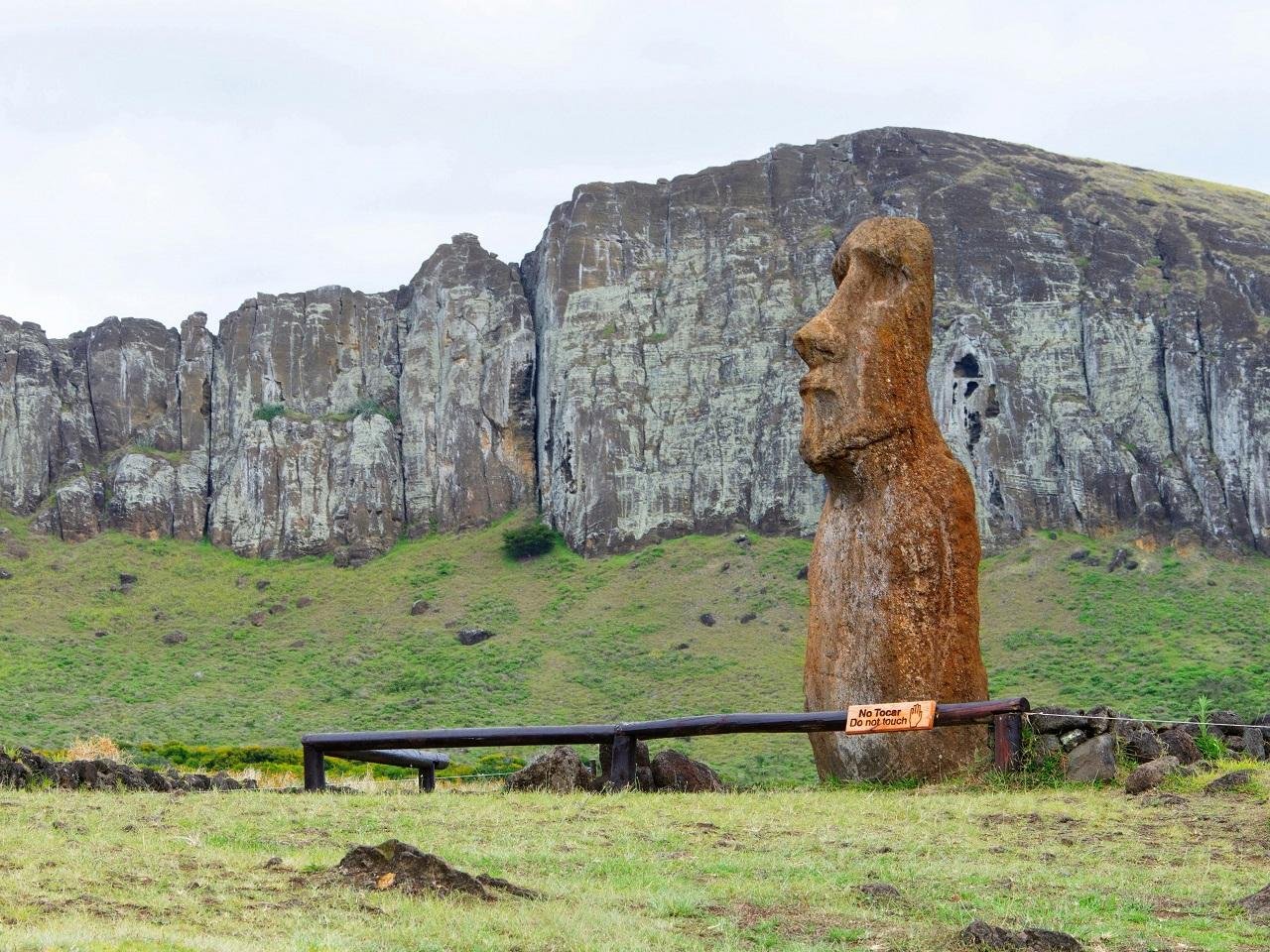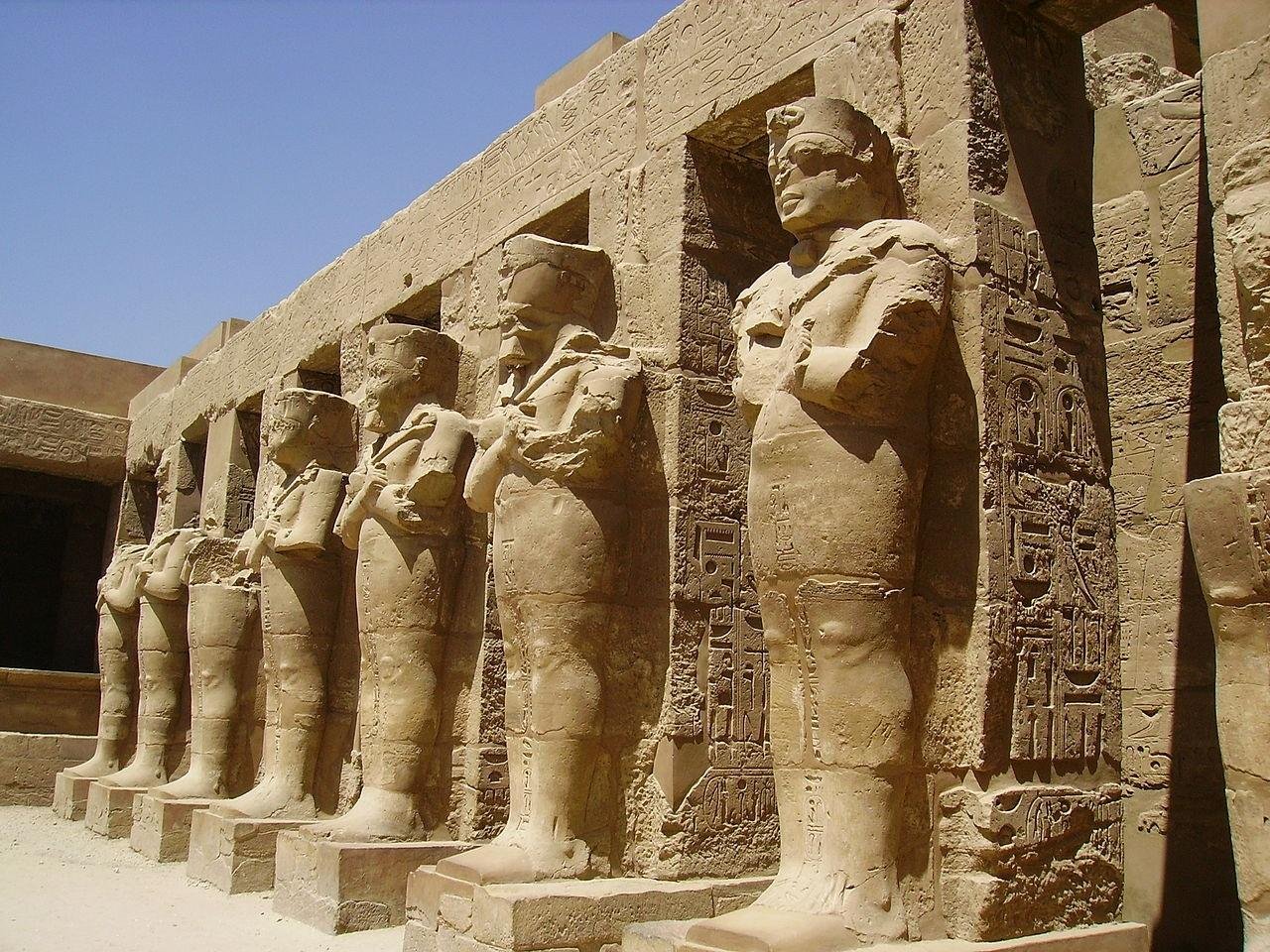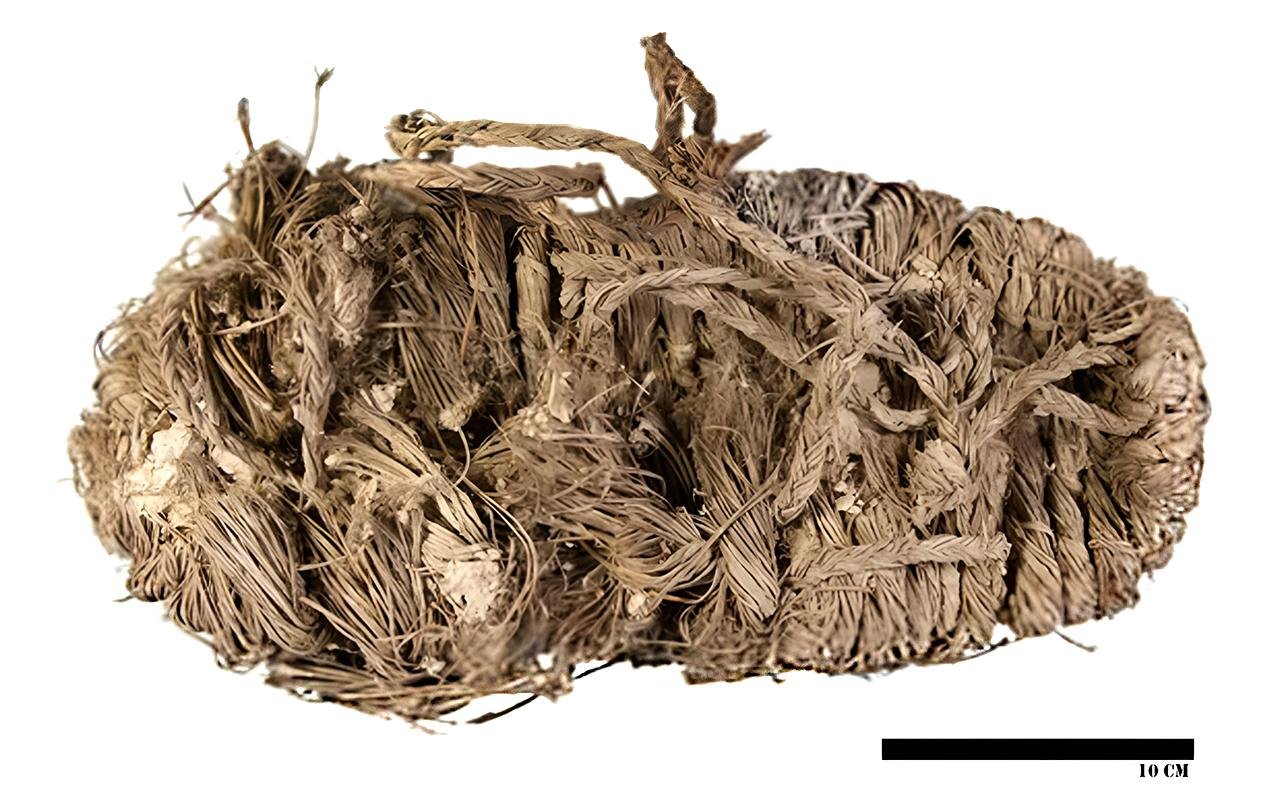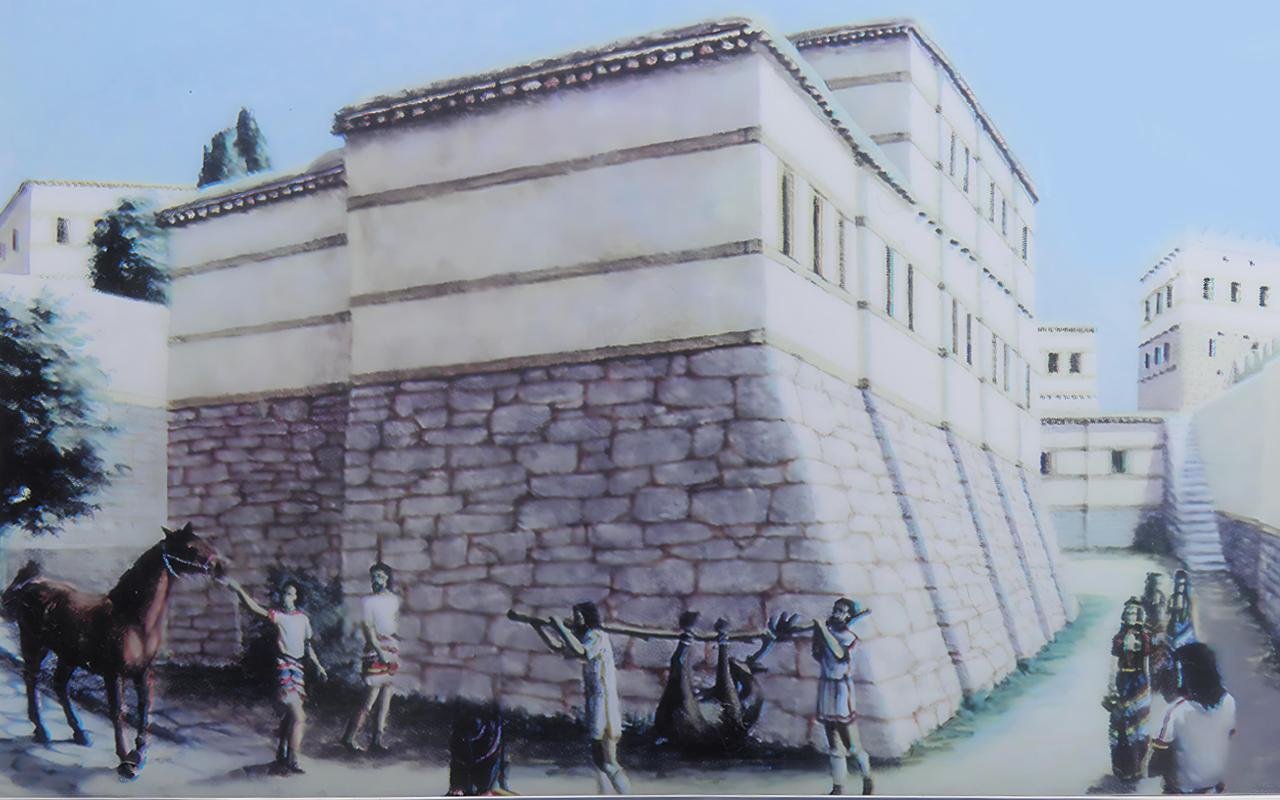A tiny, but extremely rare, gold coin dating back more than 2,200 years has been unearthed during an excavation within Jerusalem’s City of David National Park at the Givati Parking Lot. This is the first time that this type of coin has been found in a controlled archaeological context.
 Both sides of the gold coin of Queen Berenice. Credit: Eliyahu Yanai, City of David
Both sides of the gold coin of Queen Berenice. Credit: Eliyahu Yanai, City of David
The quarter-drachma coin, made of nearly pure gold (99.3%), dates from about 246 to 241 BCE, during the reign of Ptolemy III of Egypt and his queen, Berenice II. Only about 20 examples of this coin are known, and this is the first one to be discovered outside Egypt, the center of Ptolemaic power.
On the obverse, Berenice II is depicted wearing a diadem, veil, and necklace. The reverse features a cornucopia, the ancient fertility and prosperity symbol, flanked by two stars and inscribed in Greek letters “ΒΑΣΙΛΙΣΣΗΣ” — “of Queen Berenice.” This is uncommon for the era; unlike most depictions of queens as consorts, Berenice is not depicted in this case as a consort but as a ruler.
The coin was most likely struck in Alexandria, perhaps as a donative reward for soldiers who had just returned from the Third Syrian War — one of the most significant wars fought by the Ptolemaic Kingdom of Egypt against the Seleucid Kingdom of Syria.
 The gold coin of Queen Berenice. Credit: Eliyahu Yanai, City of David
The gold coin of Queen Berenice. Credit: Eliyahu Yanai, City of David
The discovery also has deep implications for the history of Jerusalem. For many years, scholars have believed that after the destruction of the First Temple in 586 BCE, Jerusalem remained a small, peripheral town with little economic influence. But this coin, along with other mid-3rd-century BCE finds, tells a very different story.
Queen Berenice II herself was a remarkable historical figure. Born around 267 BCE, she originally ruled Cyrenaica after the death of her father before marrying Ptolemy III, bringing back her homeland under Egyptian control. She was celebrated in the royal cult, honored as a goddess, and revered for her cultural heritage when she dedicated a lock of her hair, inspiring the constellation Coma Berenices. Her death was sudden and violent in 221 BCE, when she was ᴀssᴀssinated on the orders of the regent Sosibius shortly after her son took the throne.
The coin and other pieces of jewelry found at the Givati Parking Lot excavation will go on public display in early September at the 26th Annual City of David Research Conference.





